You know those days when you're craving Panda Express but traffic is terrible and food delivery is too expensive? That's exactly why I learned to make their famous Eggplant Tofu at home. After many tries in my own kitchen here in Bataan, I finally nailed this recipe that tastes just like the original.You can find all the ingredients at your local Puregold or SM Supermarket - just look for the Korean soft tofu in the ref section, it makes all the difference.
This dish is so easy to make - just fry some tofu until golden, cook tender eggplants, and mix in a simple sauce that will remind you of your favorite Chinese restaurant. Whether you're trying to eat more vegetables or just want to cook something special without spending too much, this recipe is definitely worth trying.
Jump to:
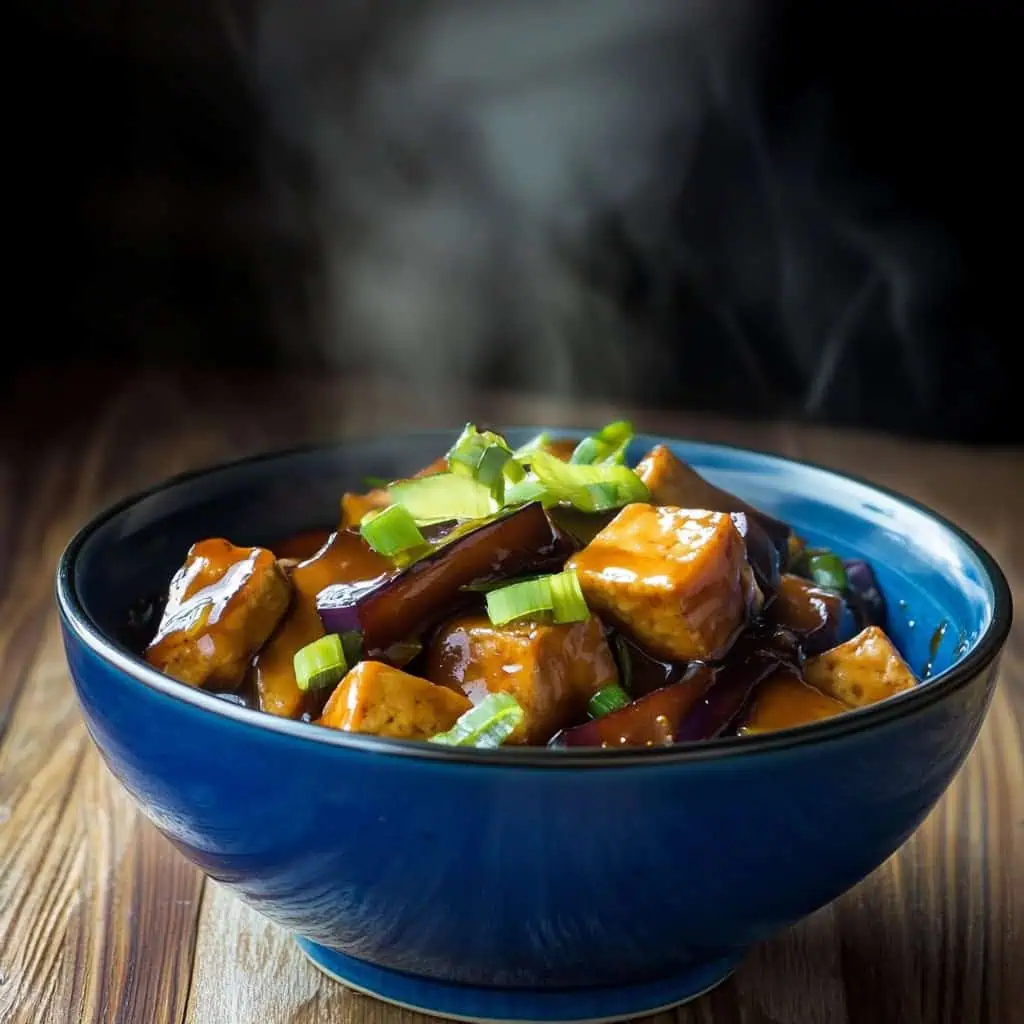
Why You'll Love This Recipe
- Restaurant-quality dish at a fraction of the cost
- Vegetarian-friendly main course or side dish
- Ready in under 30 minutes
- Perfectly balanced sweet, savory, and umami flavors
- Customizable heat level
- Budget-friendly ingredients available at local Asian markets or regular grocery stores
Ingredients
Each ingredient in this recipe serves a specific purpose to create the perfect Eggplant Tofu. Korean soft tofu provides a silky texture with just enough firmness to hold its shape when fried.
Eggplant acts as a flavor sponge, absorbing the rich sauce while adding a buttery softness. The trio of soy sauce, oyster sauce, and Shaoxing wine creates the signature umami depth that makes this dish crave-worthy, while bell peppers add a sweet crunch that balances the soft textures.
Garlic and onions form the aromatic foundation, and a touch of sugar rounds out the savory elements with just enough sweetness to create that authentic Chinese restaurant flavor profile.
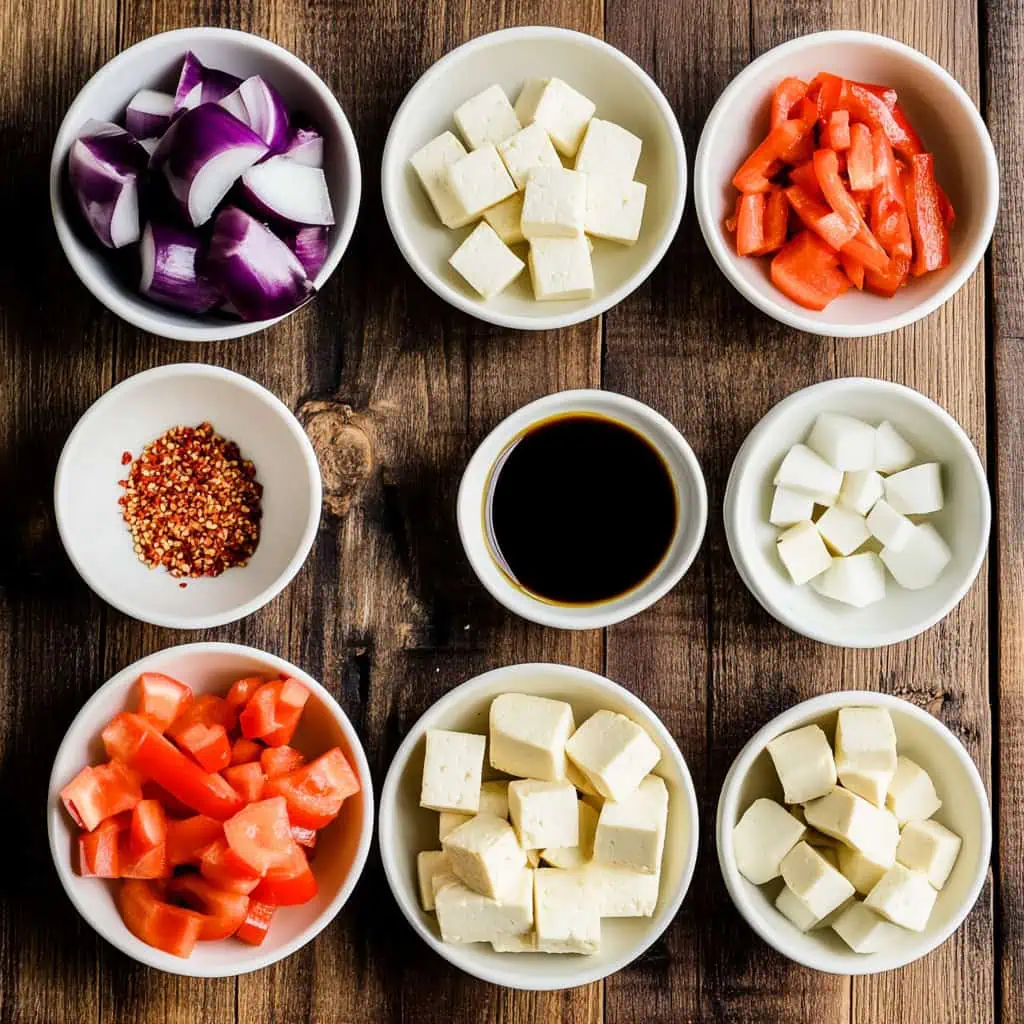
- 550g Korean soft tofu (1 large block), extra firm works too
- 1 large eggplant (about 400g), cut into 1-inch cubes
- 1 red bell pepper, cut into 1-inch squares
- 1 medium onion, chopped
- 1 tablespoon minced garlic (about 3-4 cloves)
- 2-3 tablespoons olive oil or vegetable oil
- 2 green onions, sliced diagonally for garnish
- 1 teaspoon toasted sesame seeds (optional)
For the Sauce:
- 3 tablespoons soy sauce
- 3 tablespoons oyster sauce
- 1 tablespoon Chinese cooking wine (Shaoxing wine)
- 1 teaspoon sugar
- ¼ teaspoon black pepper powder
- ½ teaspoon salt, to taste (truffle salt adds an amazing depth if available)
- ¼ cup water
- 1 teaspoon cornstarch (optional, for thickening)
Equipment
- Large Non-stick Pan or Wok - Essential for even heat distribution and preventing tofu from sticking
- Sharp Chef's Knife - For uniform cutting of vegetables, ensuring they cook evenly
- Paper Towels - For pressing excess moisture from tofu, critical for achieving that golden exterior
- Measuring Spoons - For accurate sauce proportions that deliver balanced flavor
- Wooden or Silicone Spatula - Gentle handling prevents tofu from breaking during cooking
- Small Mixing Bowl - For preparing sauce mixture before cooking begins
- Kitchen Tongs - Helpful for turning tofu cubes without breaking them

How To Make
- Prepare the tofu: Drain thoroughly and gently press between paper towels to remove excess moisture. Cut into 1-inch cubes and pat dry again. This extra drying step ensures crispy exterior texture.
- Prepare the sauce: In a small bowl, combine soy sauce, oyster sauce, Chinese cooking wine, sugar, black pepper, salt, and water. If using cornstarch, mix it with 1 tablespoon of cold water in a separate small bowl until smooth, then add to the sauce mixture. Stir well and set aside.
- Fry the tofu: Heat 2 tablespoons oil in your non-stick pan or wok over medium-high heat (180°C/350°F). Carefully add tofu cubes without crowding the pan (work in batches if needed). Fry until golden brown on all sides, about 2-3 minutes per side. Transfer to a paper towel-lined plate and set aside.
- Cook the vegetables: In the same pan, add another tablespoon of oil if needed. Add eggplant cubes and cook over medium heat for 4-5 minutes, stirring occasionally until they begin to soften. Add 2 tablespoons of water and cover the pan for 2 minutes to help steam the eggplant to tenderness.
- Add aromatics: Push eggplant to one side of the pan. Add onions to the empty space and sauté for 1 minute until translucent. Add garlic and cook for another 30 seconds until fragrant but not browned.
- Combine everything: Add bell peppers and stir-fry for 2 minutes until slightly softened but still crisp. Return fried tofu to the pan and gently toss to combine with vegetables.
- Add sauce: Give your prepared sauce a quick stir (the cornstarch may have settled) and pour over the tofu-vegetable mixture. Gently toss everything together using a folding motion to prevent breaking the tofu. Simmer for 2-3 minutes until the sauce thickens and coats everything evenly.
- Finish and serve: Taste and adjust seasoning if needed. Transfer to a serving dish, garnish with sliced green onions and sesame seeds if using. Serve immediately with steamed rice.

Tips from Lola's Kitchen
- Perfect Tofu Texture: The key is thorough drying. For restaurant-quality results, freeze your tofu overnight, then thaw and press it. This creates a spongier texture that absorbs more flavor.
- Eggplant Selection: Look for firm, glossy eggplants with taut skin. Smaller ones tend to have fewer seeds and less bitterness. The stem should be green and fresh-looking.
- Oil Control: Eggplant acts like a sponge for oil. If watching calories, after initial frying, use water or broth to help it soften instead of adding more oil.
- Sauce Consistency: For that restaurant-quality glossy sauce, mix 1 teaspoon cornstarch with water before adding to your sauce mixture.
- Gentle Heat at Finish: Once sauce is added, lower heat to prevent scorching while allowing flavors to meld perfectly.
- Rest Before Serving: Let the dish stand for 2 minutes after cooking - this allows the sauce to be absorbed more evenly by the vegetables and tofu.
Substitutions
- Korean Soft Tofu → Regular Firm Tofu: Works well but will have a slightly different texture. Extra-firm tofu holds up better during cooking.
- Chinese Cooking Wine → Dry Sherry or Mirin: Both provide similar flavor depth. If alcohol-free is needed, use 1 tablespoon rice vinegar mixed with 1 teaspoon sugar.
- Oyster Sauce → Vegetarian Mushroom Sauce: Perfect for a vegan version while maintaining umami flavor.
- Red Bell Pepper → Any Color Bell Pepper: Green gives more bitter notes, yellow and orange are sweeter.
- Eggplant → Zucchini or Chinese Okra: For those who don't enjoy eggplant texture but want a similar dish.
- Olive Oil → Peanut Oil or Avocado Oil: Traditional Chinese cooking uses higher smoke point oils like peanut oil for better wok flavor.
Troubleshooting
- Soggy Eggplant: Cook in batches to prevent overcrowding, which causes steaming instead of proper browning. Also, don't add salt to eggplant until after it's cooked - salt draws out moisture.
- Breaking Tofu: Use a silicone spatula and gentle folding motions instead of stirring. Also check that you're using firm enough tofu.
- Sauce Too Thick: Add 1-2 tablespoons water or broth and gently stir to incorporate.
- Sauce Too Thin: Mix 1 teaspoon cornstarch with 1 tablespoon cold water, then stir into the sauce and simmer for 1-2 minutes until thickened.
- Bland Flavor: Add 1 teaspoon more oyster sauce and ½ teaspoon more soy sauce. A dash of MSG (if you use it) can also enhance flavors dramatically.
- Bitter Eggplant: This usually happens with older eggplants. Next time, try salting the eggplant cubes and letting them sit for 15-30 minutes, then rinsing before cooking to draw out bitterness.
Storage & Reheating
- Refrigeration: Store in an airtight container for up to 3 days. The flavors actually improve overnight as the sauce penetrates the ingredients.
- Not Recommended for Freezing: The texture of both eggplant and tofu changes significantly when frozen and thawed.
- Stovetop Reheating: For best results, reheat in a pan over medium-low heat with 1-2 tablespoons of water to refresh the sauce.
- Microwave Reheating: Cover with a damp paper towel and microwave in 30-second intervals, stirring between each, until heated through (usually 1-2 minutes total).
- Reviving Leftovers: Add a splash of soy sauce and a few drops of sesame oil when reheating to brighten flavors.
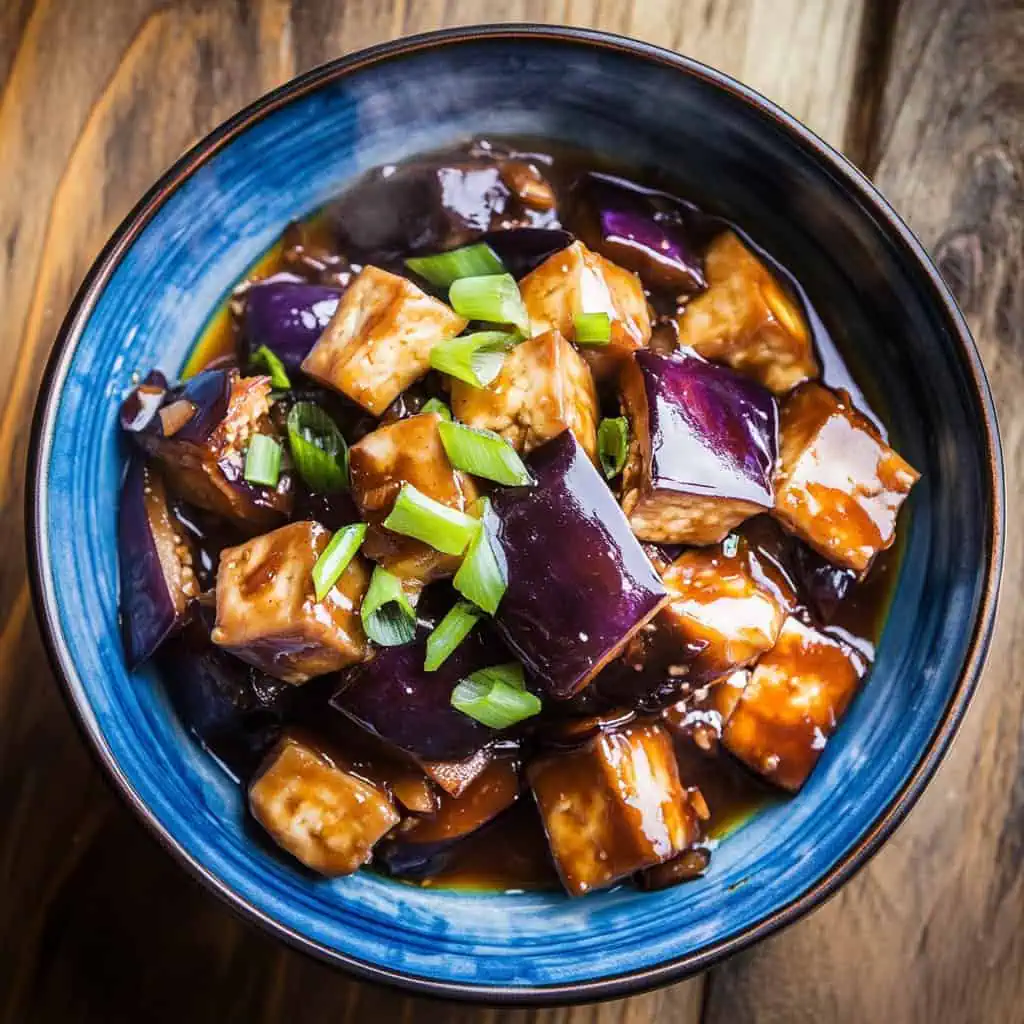
FAQ
Why is my tofu falling apart during cooking?
This happens when the tofu is too soft or not dried properly before frying. Try using firmer tofu, drying it thoroughly, and handling it more gently during cooking.
Can I make this dish ahead for a party?
Yes, but for best results, prepare all components (sauce, fried tofu, partially cooked vegetables) separately and combine just before serving. This prevents the tofu from becoming soggy.
Is this dish vegan?
Not in its original form due to the oyster sauce. Substitute with mushroom-based vegetarian stir-fry sauce for a vegan version.
I don't have Chinese cooking wine. What can I use instead?
Dry sherry is the best substitute. For a non-alcoholic version, use rice vinegar mixed with a pinch of sugar or apple juice with a splash of rice vinegar.
Why does restaurant eggplant tofu taste different from my homemade version?
Restaurants often use higher heat, more oil, and sometimes MSG to enhance flavors. They also typically use woks that have been seasoned for years, adding a particular flavor known as "wok hei."
How can I make this dish spicy?
Add 1-2 teaspoons of chili garlic sauce or sambal oelek to the sauce mixture, or include 1-2 thinly sliced fresh red chilies with the garlic.
Can I add meat to this dish?
Absolutely! Ground pork or chicken works wonderfully. Cook the meat first until browned, then remove and add back when you return the tofu to the pan.
What can I serve with this besides rice?
This pairs beautifully with cauliflower rice for a low-carb option, noodles, or even inside lettuce wraps for a lighter meal.
Related
Looking for other recipes like this? Try these:
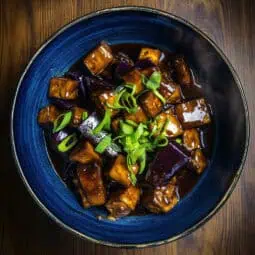
Eggplant Tofu (Panda Express Copycat Recipe)
Equipment
- Large non-stick pan or wok (kawali) for even heat distribution and preventing tofu from sticking
- Sharp knife (kutsilyo) for uniform cutting of vegetables
- Paper towels for removing excess moisture from tofu
- Measuring spoons (kutsara/kutsarita) for accurate sauce proportions
- Wooden or silicone spatula (sandok) to prevent scratching non-stick surface
- Small mixing bowl for sauce preparation
- Cutting board (Sangkalan) for preparation
Ingredients
For the Tofu and Vegetables
- 550 g Korean Soft Tofu tokwa or 1 large square block
- 1 large eggplant talong, cut into 1-inch cubes
- 1 red bell pepper cut into 1-inch squares
- 1 medium onion sibuyas, chopped
- 1 tablespoon minced garlic bawang
- 2-3 tablespoons olive oil or vegetable oil mantika
For the Sauce
- 3 tablespoons soy sauce toyo
- 3 tablespoons oyster sauce
- 1 tablespoon Chinese cooking wine/rice wine xiaoxing wine
- 1 teaspoon sugar asukal
- ¼ teaspoon black pepper powder paminta
- ½ teaspoon truffle salt or regular salt asin, to taste
Instructions
- Begin by thoroughly draining the tofu and patting it dry with paper towels. Cut the tofu into 1-inch cubes. Heat 1-2 tablespoons of oil in a non-stick pan over medium-high heat (180°C/350°F). Gently place the tofu cubes in the hot oil and fry until golden brown, about 3-4 minutes per side. Once browned, transfer the tofu to a plate and set aside.
- While the tofu is frying, prepare your sauce by combining soy sauce, oyster sauce, Chinese cooking wine, sugar, black pepper powder, and salt in a small bowl. Mix well and set aside.
- Using the same pan, add another tablespoon of oil if needed. Add the eggplant cubes and cook over medium heat (165°C/330°F) for 3-5 minutes, stirring occasionally until they become soft in the center. You'll know they're done when a fork easily pierces through.
- Push the cooked eggplant to one side of the pan. In the empty space, add a little more oil if needed, then add your chopped onions and minced garlic. Sauté until you can smell the garlic, about 1-2 minutes. Add the chopped red bell pepper and cook until slightly soft but still crisp, about 2-3 minutes.
- Return the fried tofu to the pan with the vegetables. Pour your prepared sauce over everything. Using a gentle touch so you don't break the tofu, carefully toss all ingredients together until well combined. Let everything simmer together for 1-2 minutes until the sauce thickens slightly and coats all ingredients evenly.
- Give it a taste and add more salt if needed. Once you're happy with the seasoning, remove from heat and serve hot with steamed rice. For best presentation, garnish with chopped green onions if desired.
Tips from Lola's Kitchen
- Choose firm, glossy eggplants without blemishes
- Salt eggplant cubes and let sit for 15 minutes to remove bitterness (optional)
- Use extra-firm tofu if you prefer a meatier texture
- Pat tofu extremely dry to achieve better browning
- Don't overcrowd the pan when frying tofu
- Prepare sauce mixture before starting to cook for better timing
Nutrition
The Story Behind Eggplant Tofu
When Panda Express introduced Eggplant Tofu to their menu, they transformed a humble Chinese home-style dish into one of America's most beloved Chinese-American vegetarian offerings. This dish draws inspiration from Sichuan and Cantonese cooking traditions, where eggplant dishes like Yu Xiang Qie Zi (Fish-Fragrant Eggplant) have been family favorites for generations.
While the original Chinese versions often include minced pork or dried shrimp for extra flavor, Panda Express created their vegetarian adaptation to cater to growing demands for meatless options in the 1990s. They brilliantly combined soft tofu, which has been a staple in Asian cuisine for over 2,000 years, with tender eggplant in a savory-sweet sauce that perfectly suits American palates while maintaining authentic Asian flavors.
What makes this dish particularly special is how it balances textures and flavors. The eggplant becomes silky and tender when cooked properly, while the tofu is first fried until golden to create a slightly crispy exterior while maintaining its soft interior. The sauce, a careful blend of soy sauce, oyster sauce, and Chinese cooking wine, creates that signature taste that has made this dish a staple on the Panda Express menu.
In Filipino households, this dish has found a special place because it reminds many of traditional recipes like pinakbet and tortang talong, where eggplant plays a starring role. The combination of tofu (tokwa) and eggplant (talong) is familiar yet exciting, making it a perfect bridge between Filipino and Chinese cuisines. Many Filipino home cooks have embraced this recipe because the ingredients are readily available at local markets and the cooking techniques are similar to those used in everyday Filipino cooking.
Today, this dish has evolved beyond its fast-food origins to become a popular home-cooked meal across Asia and America. Whether served as a main dish for vegetarians or as a side dish alongside other Chinese-American favorites, Eggplant Tofu represents the beautiful fusion of traditional Asian cooking with modern American tastes. Its popularity has inspired countless home cooks to create their own versions, adding personal touches while maintaining the dish's essential character.
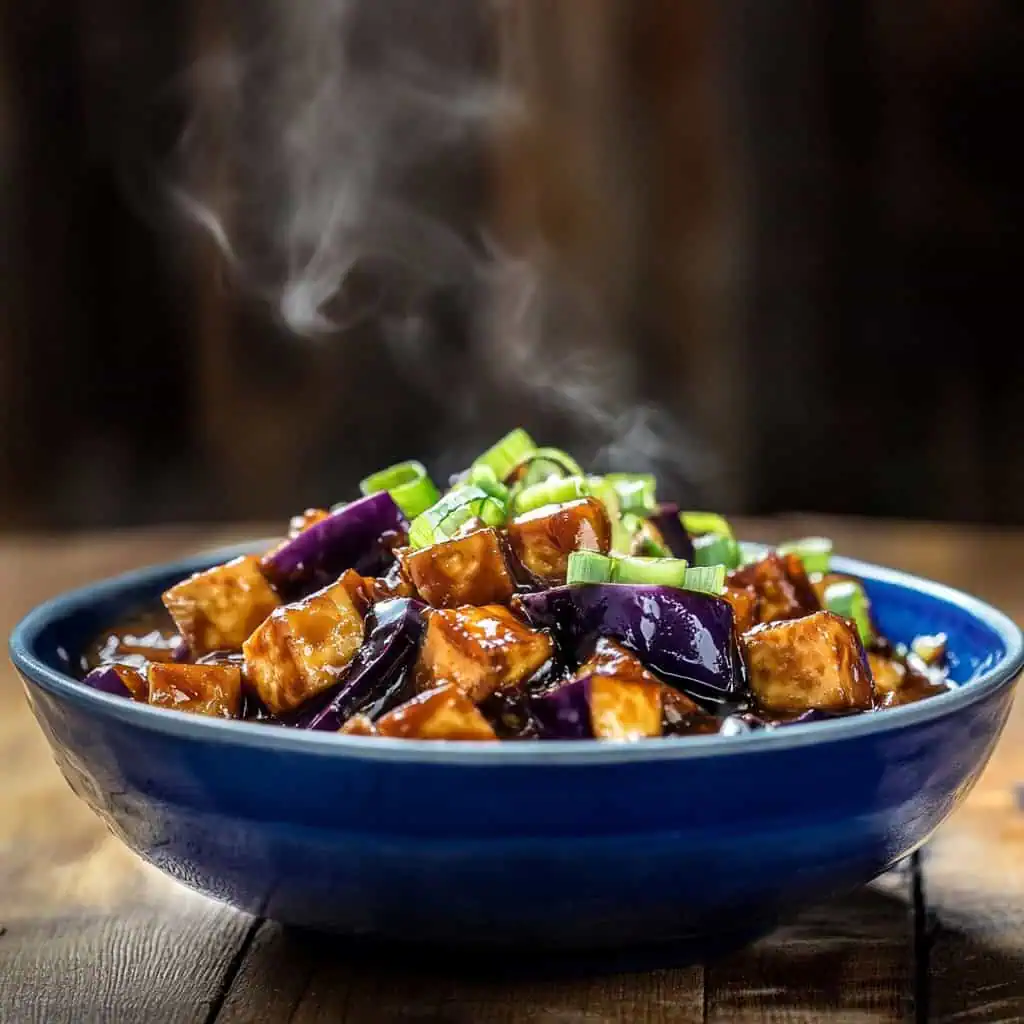





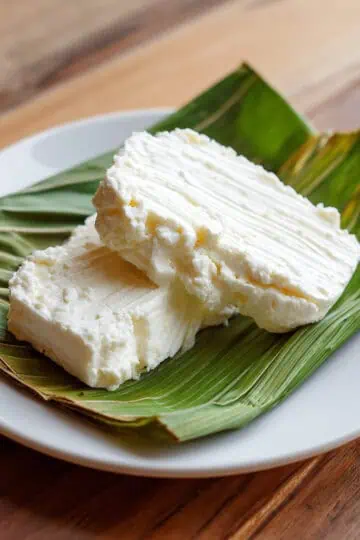
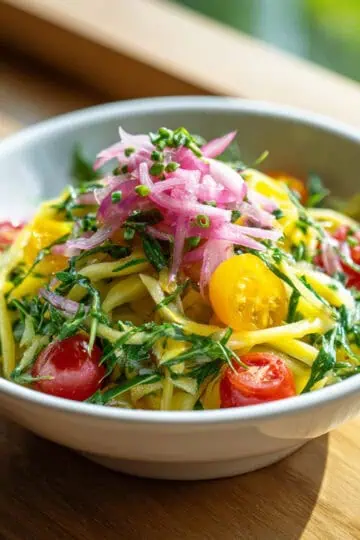
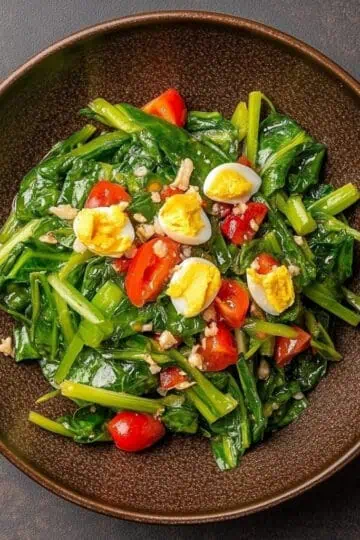
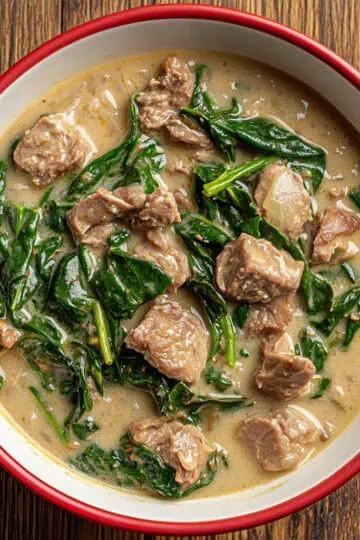
Comments
No Comments